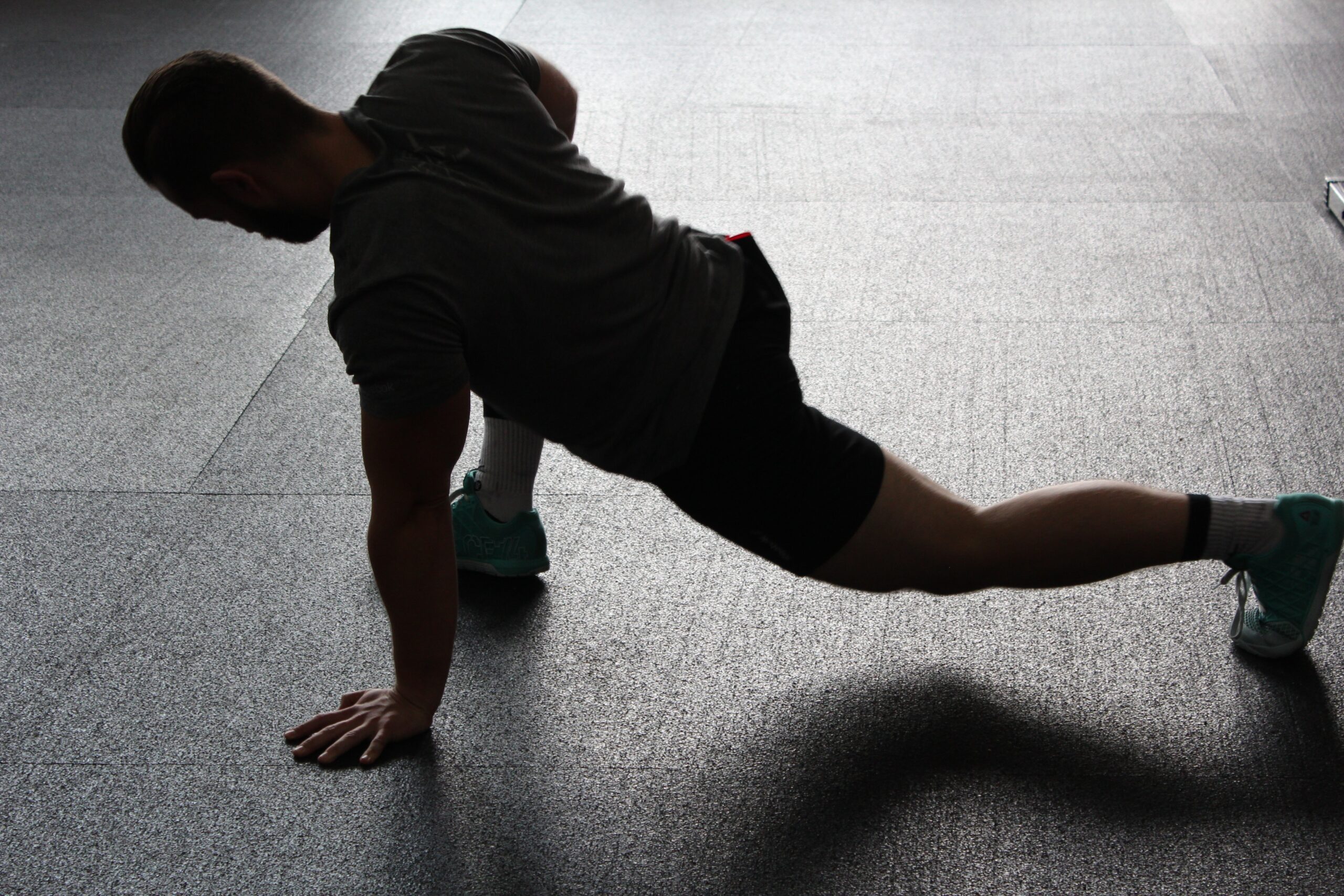Proactive Measures for Injury Prevention in Fitness and Sports

Engaging in fitness activities and sports offers numerous benefits for our physical and mental well-being. However, it’s important to prioritize injury prevention to ensure a safe and enjoyable experience. By taking proactive measures, you can significantly reduce the risk of injuries and maximize your performance. In this article, we will explore a range of proactive measures you can implement to prevent injuries in fitness and sports. By incorporating these strategies into your routine, you can maintain a healthy and sustainable approach to your athletic pursuits.
Comprehensive Warm-Up and Cool-Down
Start every fitness session or sports activity with a thorough warm-up and end with a cool-down. A dynamic warm-up routine prepares your body for the demands of exercise by increasing blood flow, warming up muscles, and improving joint mobility. Similarly, a cool-down helps your body gradually return to its resting state, preventing muscle stiffness and soreness. Include exercises such as jogging, dynamic stretches, and foam rolling to warm up and cool down effectively.
Strength Training and Conditioning
Incorporate regular strength training and conditioning exercises into your fitness routine. Building strength in key muscle groups can provide stability and support for your joints, reducing the risk of injury. Focus on exercises that target core strength, balance, and flexibility, as these are crucial for overall body stability and injury prevention. Work with a qualified trainer to design a program tailored to your specific needs and goals.
Proper Technique and Form
Ensure that you learn and practice proper technique and form for your chosen fitness activities or sports. Correct form allows for optimal movement efficiency and reduces stress on your body’s joints and soft tissues. Seek guidance from a knowledgeable coach, trainer, or instructor to learn the proper techniques and regularly check your form to avoid developing bad habits that may lead to injury.
Gradual Progression
Avoid sudden increases in training intensity, duration, or frequency. Gradually progress your workouts to allow your body time to adapt and recover. Gradual progression helps prevent overuse injuries and gives your muscles, tendons, and ligaments the opportunity to strengthen and adjust to the increased demands. Follow the principle of gradual overload, increasing the workload in a controlled and systematic manner.
Proper Equipment and Safety Gear
Use appropriate equipment and safety gear for your specific activity. This may include wearing protective gear such as helmets, knee pads, or shin guards, or using well-fitted and supportive athletic shoes. Proper equipment can significantly reduce the risk of injury and provide additional support and protection during physical activities.
Listen to Your Body
Pay attention to your body’s signals and listen to them. If you experience pain, discomfort, or fatigue, take a step back and allow yourself time to rest and recover. Pushing through pain or ignoring warning signs may lead to more severe injuries. Respect your body’s limits and modify your training or activity level accordingly.
Cross-Training and Variation
Incorporate cross-training and variation into your fitness routine. Engaging in different activities and exercises can help prevent overuse injuries by distributing the workload among different muscle groups. Cross-training also helps improve overall fitness, balance, and coordination. Incorporate activities such as swimming, cycling, yoga, or Pilates to complement your primary activity or sport.
Proper Nutrition and Hydration
Maintain a balanced diet and proper hydration to support your body’s performance and recovery. Proper nutrition provides essential nutrients for tissue repair, muscle recovery, and energy production. Stay hydrated before, during, and after physical activity to optimize your body’s functions and prevent dehydration-related issues.
Rest and Recovery
Allow sufficient time for rest and recovery between intense workouts or competitions. Rest is crucial for tissue repair and adaptation to occur. Adequate sleep, proper nutrition, and relaxation techniques, such as stretching or meditation, can help promote effective recovery and reduce the risk of overuse injuries.
Regular Check-Ups and Screening
Undergo regular check-ups and screenings to assess your overall health and identify any underlying conditions that may increase the risk of injury. Consult with a healthcare professional to address any concerns or receive appropriate guidance specific to your health status and fitness goals.
Injury prevention should be a fundamental part of your fitness and sports journey. By taking proactive measures, you can significantly reduce the risk of injuries and promote a safe and sustainable approach to physical activity. Implement these strategies into your routine, be mindful of your body’s signals, and seek professional guidance when needed. Remember, injury prevention allows you to enjoy your fitness pursuits to the fullest, maintain long-term health, and achieve your performance goals. Stay proactive, stay safe, and keep thriving in your fitness and sports endeavors.

